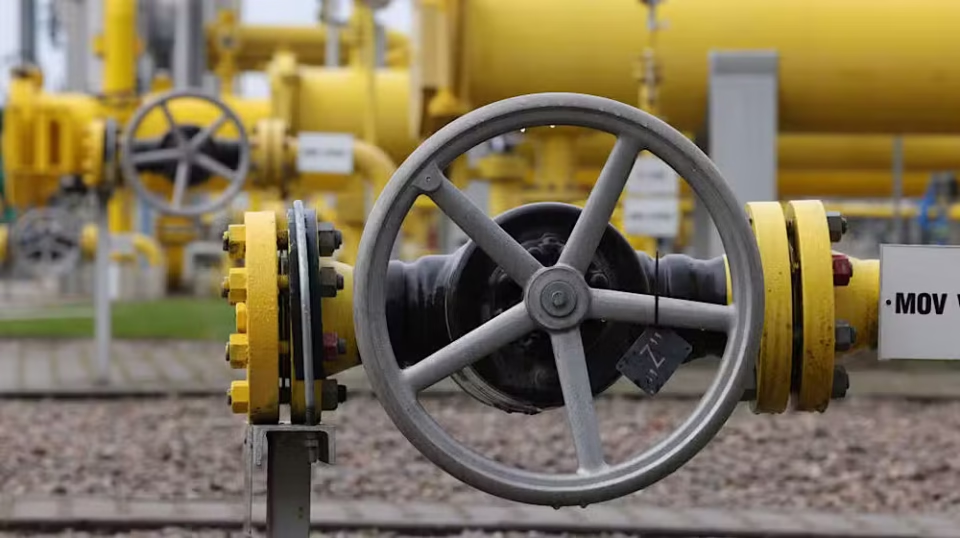Pakistan’s Gas Crisis Deepens as SNGPL Rations Supply, Producers Face Heavy Losses
Government prepares new levy on power sector amid LNG oversupply and rising consumer bills
ISLAMABAD – Pakistan’s natural gas crisis has worsened as Sui Northern Gas Pipelines Limited (SNGPL) continues to ration gas supply without prior notice, even during summer months. The move comes amid growing disputes over pipeline capacity allocation between public and private gas suppliers.
At the same time, the government is preparing to introduce a new gas levy on the power sector in an attempt to create a “level playing field” for both public and private suppliers.
LNG Oversupply Adds Pressure
Pakistan is currently facing an oversupply of LNG after delaying more than 170 import shipments. To accommodate these international contracts, SNGPL has reduced intake from local gas fields, forcing producers to cut output.
As a result, more than 300 million cubic feet per day (mmcfd) of domestic gas production has been curtailed. This has created serious financial problems for local producers such as Oil and Gas Development Company Limited (OGDCL), Government Holdings Private Limited (GHPL), and private companies.
OGDCL Warns of Revenue Losses
OGDCL, the country’s largest gas producer, has publicly criticized the reduced gas offtake. According to the company, production cuts at fields such as Qadirpur, Nashpa, and Chanda have resulted in daily losses of:
-
1,148 barrels of crude oil
-
76 mmcfd of natural gas
-
55 tons of LPG
This decline pushed the company’s revenue down to Rs. 310.9 billion in the first nine months of FY2025, compared to Rs. 348.1 billion in the same period last year.
Consumers Hit With Higher Bills
While producers face losses, consumers are also under pressure. SNGPL is supplying gas for only 2–3 hours during meal times, and the government has doubled fixed monthly charges effective July 1, 2025.
This means that a household consuming around Rs. 450 worth of gas now faces a bill of nearly Rs. 2,500 after taxes and fixed charges.
Private Gas Sales Face Resistance
To support local producers, the government allowed them to sell part of their production directly to private buyers. Companies such as MOL-Pakistan and Petroleum Exploration Limited have already started such sales from fields like Razgir and Zahra North.
However, SNGPL has resisted these arrangements, arguing that private suppliers distort the market. In one case, SNGPL opposed the sale of Razgir gas to a private buyer, despite its own board of directors approving the pipeline capacity allocation.
New Levy to Cover All Consumers
To settle the dispute, the Ministry of Law recently clarified that the captive power levy applies to all consumers of natural gas and LNG—whether supplied by public or private entities. The Oil and Gas Regulatory Authority (Ogra) will now set prices for these sales under the Levy Act 2025.
Mounting Energy Debt
With Pakistan’s energy sector circular debt exceeding Rs. 4.6 trillion, the gas crisis highlights deep-rooted structural issues. Disputes between SNGPL, local producers, and private suppliers—alongside soaring consumer costs—underscore the urgent need for reform in the country’s energy sector.

